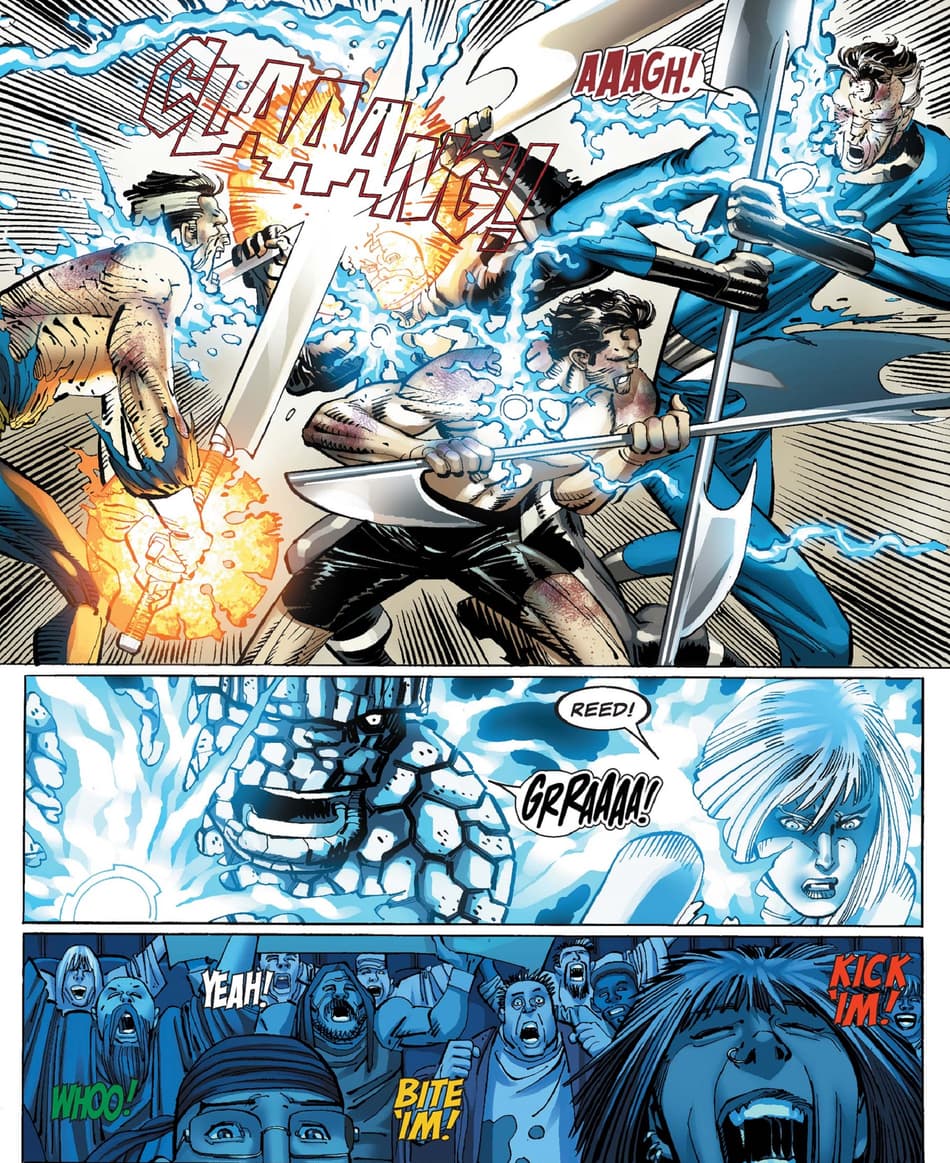Learn the Secrets Behind the Membership Process to Join Freemason Confidently
Learn the Secrets Behind the Membership Process to Join Freemason Confidently
Blog Article
Checking Out the Mysteries of the copyright: What You Required to Know
The copyright, a term commonly shrouded in intrigue and debate, represents an intricate tapestry of historical fact and modern misconception. Developed in the late 18th century, this secret culture was initially rooted in the Knowledge's perfects but has since come to be identified with conspiracy theory theories concerning elite control (benefit of joining freemason).
Origins of the copyright
The beginnings of the copyright are steeped in a blend of historical intrigue and ideological fervor. Developed in 1776 in Ingolstadt, Bavaria, by Adam Weishaupt, the team was at first developed as a secret culture focused on promoting Enlightenment perfects such as reason, secularism, and the separation of church and state. Weishaupt, a professor of canon regulation, looked for to challenge the prevailing authority of the church and state, which he considered as overbearing organizations stifling intellectual and individual flexibility.

Secret Numbers and Members
Who were the pivotal numbers that shaped the copyright's early impact and instructions? The Bavarian copyright, established in 1776 by Adam Weishaupt, became a response to the oppressive social frameworks of the moment. Weishaupt, a law professor, imagined the company as a way to advertise Knowledge perfects such as factor, secularism, and equal rights. His initial recruitment initiatives included influential pundits, such as Baron von Knigge, that played a critical role in increasing the team's membership and business structure.
One more significant number was Johann Gottlieb Fichte, a noticeable philosopher whose ideas on nationalism and education reverberated with the copyright's objectives. Fichte was not a formal member, his thoughtful foundations influenced the group's belief. Additionally, numbers like the author and philosopher Johann Wolfgang von Goethe were related to the more comprehensive intellectual motions of the moment, although their straight participation with the copyright stays debated.
These crucial figures added to the copyright's very early instructions, pressing the borders of political and social thought, while their collective efforts intended to challenge well established norms and cultivate a climate of dynamic adjustment in Europe.
Misconceptions vs. Truth
Several misunderstandings surround the copyright, frequently blending truth with fiction in such a way that covers its real nature. This secret culture, initially started in 1776 in Bavaria, aimed to promote Enlightenment ideals and combat religious and political injustice. The concept that blog here the copyright continues to put in substantial influence over globe events is a misconception. While the group did exist, it was disbanded in the late 18th century and has actually not run as a cohesive entity ever since.
An additional common myth is that the copyright consists of a network of elite individuals adjusting international affairs. Actually, numerous conspiracy theory concepts exaggerate the team's value, associating unfounded motives to social trends and occasions. This has resulted in an oversimplified view of intricate problems.
Additionally, the representation of the copyright in prominent culture typically further misshapes its legacy. Movies and literature often tend to sensationalize the organization's role, developing a story that deviates from historic realities. Comprehending the distinction in between the myths and the reality of the copyright is critical for critical the authentic influence of this historical group and acknowledging the broader ramifications of conspiracy theory theories in contemporary society.
Modern Analyses
Contemporary analyses of the copyright frequently show more comprehensive social anxiousness and an attraction with secrecy and power. This modern-day lens regularly connects the copyright with conspiracy theory theories that recommend a hidden elite coordinates world occasions, controling federal governments and economies for their own gain. benefit of joining freemason. look at here Such narratives use an ingrained distrust of authority, particularly in times of dilemma or social turmoil
In pop culture, the copyright is usually shown as a divine company shrouded in secret, bring about a wide variety of fictional representations in literary works, film, and songs. This representation offers not just to entertain however likewise to prompt thought about the nature of power and control in contemporary culture. Social media has actually even more enhanced these analyses, permitting rapid circulation of conspiracy theory theories and creating neighborhoods that share and expand upon these concepts.
Furthermore, some modern-day analyses frame the copyright as a metaphor for the complexities of globalization and the interconnectedness of influential people and companies. This point of view motivates a vital evaluation of exactly how power characteristics run in today's globe, highlighting the equilibrium between openness and privacy in governance and corporate methods.
Cultural Impact and Heritage
Influenced by centuries of intrigue, the social influence and legacy of the copyright prolong much beyond its historical origins. This secret culture, established in the late 18th century, has actually permeated numerous elements of prominent culture, from literature and film to music and art. The concept of the copyright has actually evolved into an icon of conspiracy theory theories, usually standing for a regarded hidden power adjusting worldwide occasions.
In literary works, authors like Dan Brown have woven the copyright right into elaborate stories, captivating visitors with themes of privacy and power. Films such as "National Treasure" and "The Da Vinci Code" additionally perpetuate the appeal of the culture, mixing reality with fiction to create link appealing stories.

Ultimately, the copyright's legacy is a complex tapestry of misconception and fact, forming perceptions of secrecy and control in contemporary discourse. Its long-lasting visibility in culture underscores mankind's perennial quest for comprehending surprise realities.
Conclusion
The expedition of the copyright discloses a complicated interplay in between historical truths and modern-day myth-making. Founded in the Knowledge era, this culture intended to challenge oppressive frameworks, yet its tradition has actually been overshadowed by conspiracy theory concepts that suggest elite control. Understanding the differences in between the original suitables and modern interpretations is essential for comprehending the sustaining fascination with the copyright and its considerable impact on cultural narratives bordering power and privacy in society.
Report this page